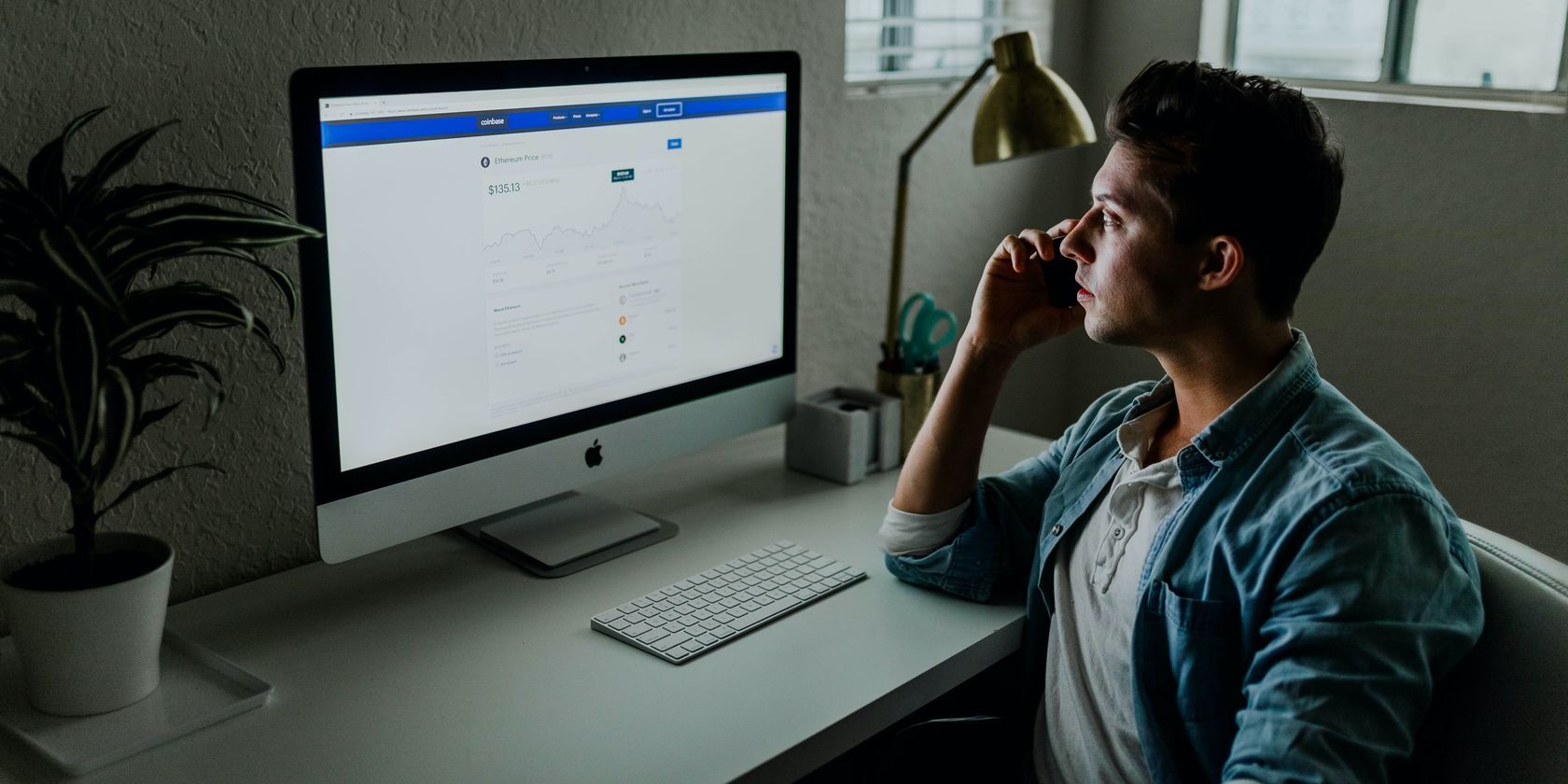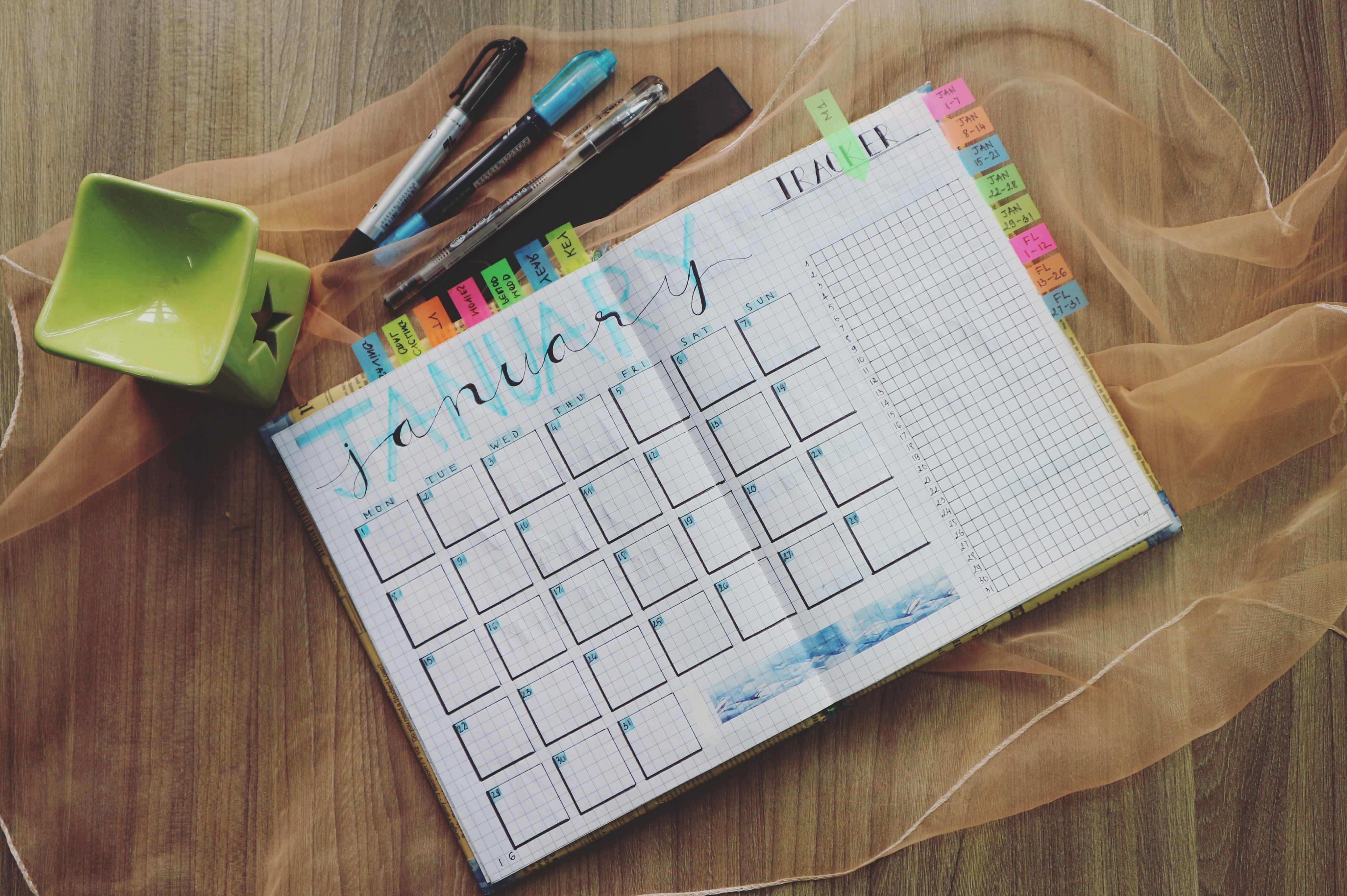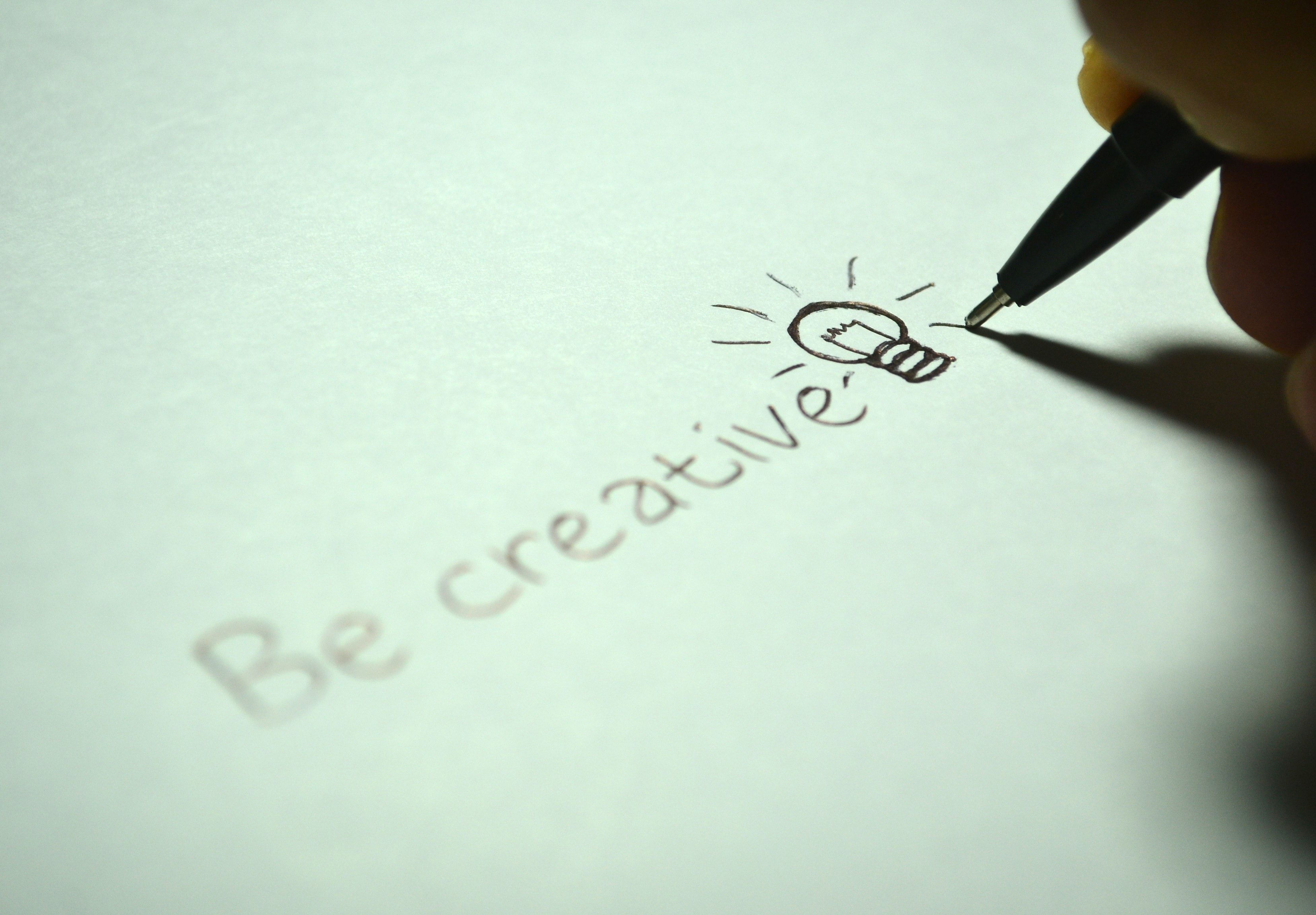Do you often find it difficult to get much done despite using several productivity methods? If so, it's probably because you haven't figured out what productivity style actually works best for you.
There are four different types of productivity styles for everyone. And if you want to get things done without experiencing burnout, you'll have to take a personalized approach to find yours.
So without further ado, let's discuss those styles.
The Four Types of Productivity Styles
The Prioritizer
The major characters of a prioritizer are the analytical and logical way of thinking, being realistic, fact-oriented, and efficient.
They have the quality of being decisive and prioritizing tasks before starting to work on them. Prioritizers don't engage in small talks, extensive communication, or long emails. They're always laser-focused on tasks that need to be completed. And that's the reason they get more done in less amount of time.
When anyone walks into their office, the first thing they find is the professional set-up. They don't prefer to have decorative items and flashy lights in their offices. They keep it neat and professional.
A prioritizer is a goal-driven and consistent individual who analyzes problems before solving them. However, most people find prioritizers to be a bit controlling, rigid, and competitive.
The Planner
The major characteristics of a planner are that they're detail-oriented, highly organized, and always on time. As the style name suggests, the planner loves to make schedules, and of course, they plan a lot and stick to them. They never miss deadlines and are great at managing projects.
Likewise, they strictly follow the rules and regulations and make everyone on the team follow them too. Following rules and sticking to the plans are some of their techniques to avoid delays and get things done on time.
If you walk into an office of a planner, you'll find that everything is free from clutter. They keep it highly programmatic and often like to show off their certificates and awards. So, next time someone hints to be a planner to you, don't forget to check their walls.
These people can quickly spot an error in your planning and processing. They never deviate from the plan or make any spontaneous change, even if it costs them a good opportunity. Hence, they're considered to be a little less open-minded. For these people, it's all about the final results and following a process to achieve them.
The Arranger
The major characteristics of an arranger are that they're expressive, supportive, and love teamwork. So, we can say that collaboration is the arrangers' thing.
They make decisions keeping everyone in mind, and often finish projects by involving multiple people. If you visit an arranger's office, you'll find it quite welcoming with the display of what they love—family, music, art, etc.
These people tend to have good communication skills and strong intuition. Plus, they're also great teachers.
However, arrangers often find it difficult to plan in advance and hence miss out on details. Additionally, due to the involvement of many people in their lives, they're always solving someone's problem, which makes time availability an issue for them.
The Visualizer
The major characteristics of a visualizer are that they have big-picture thinking, they're intuitive, holistic, and they love to innovate.
A visualizer is all about having a broad perspective. Details, structure, and tradition feel like a burden to them. They can take the pieces of information and create something compelling using their high-class inventiveness. Apart from this, they're open-minded people and can solve even complex problems with their creative thinking.
When you walk into their office, you'll find their desk cluttered. That's because they want everything in front of them when they work. Keeping their stuff on some shelf out of sight isn't their cup of tea.
However, they often fail to plan ahead, as they prefer possibilities over a properly planned process. And sometimes, for this reason, they end up missing their deadlines.
How to Decide Your Productivity Style
Now that you know about the different productivity styles, you should find out which one's yours. Here are a few tips that can help you with just that.
1. Identify Your Personality
Your personality says a lot about you. The sure-fire way to find out your productivity style is to determine the following:
- Are you goal-oriented?
- Do you like to prioritize your tasks?
- Do you feel like you're obliged to submit your work on time?
- Do you always feel the need to start working with the most immediate task first?
If so, the chances are that you're a prioritizer. Similarly, if you spend hours planning tasks, but after one or two attempts or a little time into the process, you feel exhausted, consider other options on the list than a planner.
Besides that, if you like spontaneity and feel the need to be creative each time you work on something, you may be a visualizer. And if you often prefer to consult multiple people before deciding on anything, you might be interested in reading the characteristics of an arranger.
To find out your exact productivity style, you can take this assessment: What's Your Personal Productivity Style by Harvard Business Review.
2. Describe Your Preferences
Next on the list is your preferences. You can also decide your productivity style by throwing some light on:
- What type of work do you prefer to do?
- How do you choose to do it?
-
What type of environment is usually suitable for you to perform any task. For instance,
- Do you like to work in a team or individually?
- Do you prefer to work in a quiet or lively environment?
- Are you always high in energy, or do you feel tired and want to finish the task as soon as possible when it's all planned out?
Then, based on your answers and preference's understanding we laid out in detail in the above sections, you can identify your productivity style.
3. Determine Your Strengths and Weaknesses
Another way to identify your productivity style is by determining your strengths and weaknesses. For instance:
- Are your communication skills your weak point or your most flexible trait?
- Are you a people person?
- Is it hard for you to say “no” often?
- How about your working style? Is it hard for you to leave the office until everything is crossed out on your to-do list?
You can also take these online tests to find out more about your strength and weaknesses. Or you can base this choice on the explanation of four productivity style types and find yours.
It's Time to Be More Productive
Most people still struggle to be productive on a daily basis. Not because it's hard, impossible, or a trait of only selective people, but because they can't figure out what works for them.
Don't be one of them. Everyone is different. So, embrace the uniqueness you're born with. Find out your productivity style, start working accordingly, and double the speed of your achievement.




